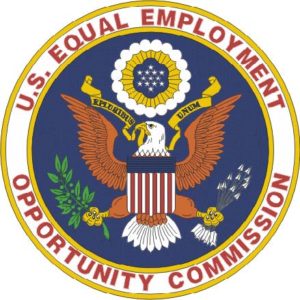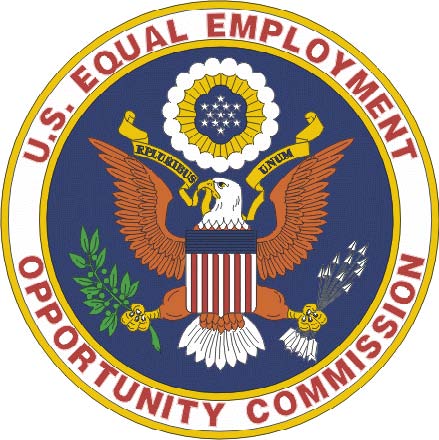Transparency is extremely important to us, so we are letting you know that we may receive a commission on some of links you click on from this page. See our disclaimer.
 This post from Cathy Kenworthy, Interactive Health President and CEO, was originally published in LinkedIn here. Please visit the original piece to leave any comment.
This post from Cathy Kenworthy, Interactive Health President and CEO, was originally published in LinkedIn here. Please visit the original piece to leave any comment.
The “other” shoe has dropped – and, in this case, thank goodness it did!
This week, the U.S. Equal Employment Opportunity Commission (EEOC) announced finalized workplace wellness guidelines, and they are strongly positive for companies that are serious about helping employees achieve good health.
What kind of companies will benefit from these rules? I believe every company will.
- For companies with a well-designed program that is comprehensive, evidence-based, respects privacy and is construed as voluntary by employees and regulators alike, there is great assurance and affirmation to be found in this announcement.
- For companies with a program, but uncertain that it matches up with the guidelines, now is the time to get a fresh perspective. Wellness programs should not be a hobby, as these regulations make clear; they are a strategic and important undertaking and need to be treated as such.
- For companies that don’t have a program, or at least not a comprehensive program, now is an opportunity to get started the right way.
A couple of important areas of emphasis for our industry:
- Program design: The guidelines include a requirement that programs be reasonably designed. Comprehensive programs that have a real likelihood to measurably improve health outcomes are the key to reasonable design. Those that are gimmicky or only designed to shift cost to the employee instead of the employer will likely not stand up to these guidelines.
- Privacy: Interactive Health has – and I personally have – always been serious about privacy. Strict adherence to HIPAA privacy regulations is a must, which is not the case with all in the wellness industry. We believe that an essential element of any wellness program is to respect and address employees’ very fair privacy concerns. We are diligent about building privacy safeguards into our program and we are glad to see that others will be held to this same standard. I believe this is crucial to the longevity of our industry, as I talked about earlier this year: https://www.linkedin.com/pulse/do-wellness-programs-protect-take-advantage-your-data-kenworthy?trk=prof-post
- Voluntary participation: The regulations are clear that participation in these programs must be perceived as voluntary, not mandatory, by both employees and regulators alike. No two-stepping or fancy footwork on this point. At Interactive Health, we have thousands of examples of employers where this is the case, good work is done, and the heavy sticks can be put away. The choice to engage in one’s health is just that, a choice.
To make and refine these rules, the EEOC listened to, evaluated and acknowledged concerns from employers, individuals and the industry. We were pleased to participate in a cross-industry comment process led by the Health Enhancement Research Organization (HERO).
I realize some in the business community had other wishes and needs with regard to these rules. However, as an industry, we might take a moment to realize that clarity is a good thing, and with regard to workplace wellness, now we have it.
The next step? As employers, industry leaders and practitioners, we have a chance to set the stage for the next decade of what health management looks like at the worksite, with an enduring and sensible regulatory framework. We have our next opportunity to positively impact individual health outcomes – and improve health care in America. An exciting time indeed!




0 Comments